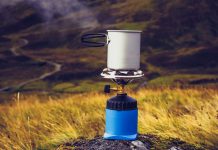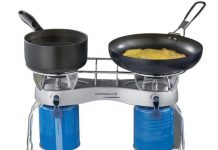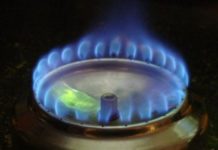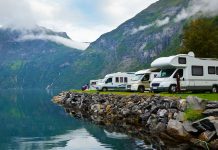One of the things that you definitely need to carry on a camping trip to ensure that you don’t go too hungry is a stove. It is safe to say that a camping trip is almost incomplete without a proper stove.
But is selecting one an easy task? Well if you know the various choices available in the market and your exact requirements, then the task may be turned into a simple one. So for your help and reference, the following are some ways that can help you select the best stove for your next camping trip:
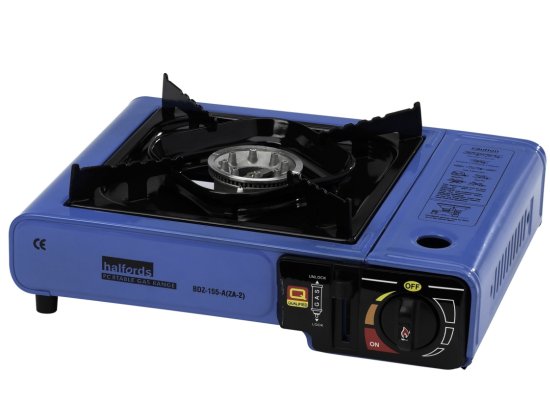 Size
Size
It is will be convenient for you if your stove has two or three burners. This will help you to cook multiple things at the same time and this way you can have the independence to save a lot of your camping time which you can use on other activities. The standard sizes of stoves are ideal for most of the small families but if you are going to the trip with a group then you might need a bigger one.
White Gas Fuel
There are many types of fuels for stoves and some of them include propane, butane, white gas, kerosene and unleaded gasoline. But the best among these are propane and white gas. The white gas stoves are likely to produce the best heat and when you cook on it,there is no odor on the food thus cooked. Moreover, food is cooked cleanly and most of such stoves come with dual fuel versions these days. You can also use unleaded fuel as it costs less than white gas.
Purchase the Stove Extras as Well
It is best to buy that stove which comes with a few of the essential stove extras. Some of these extras include a starter, a windscreen, a fuel funnel and a fuel stand. If these things are not already provided, then you may have to buy them separately which will mean paying extra money.
Weight
It is best to buy a stove that does not weigh a lot and is easy and portable to carry on the camping trip. Very heavy stoves may make them difficult to install and uninstall and load and unload from your car or vehicle.
So only after considering all these points should you purchase or select a stove for your next outing in the camps.

